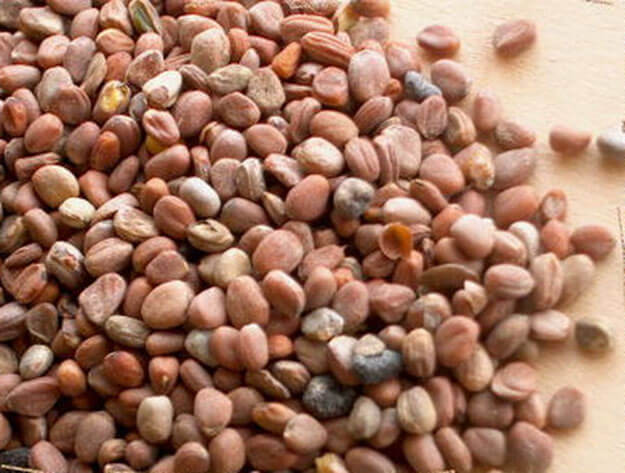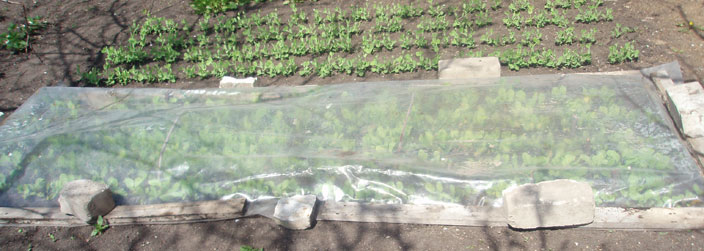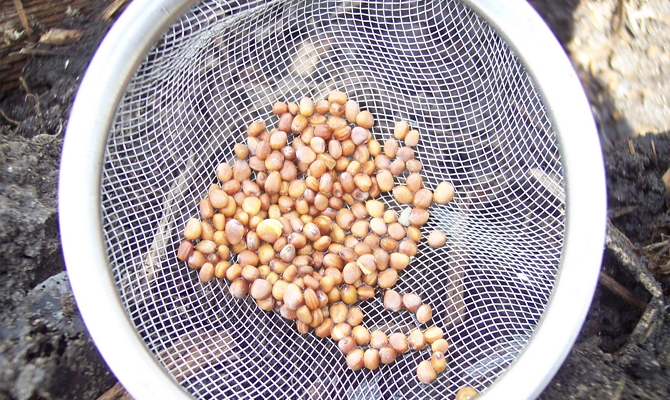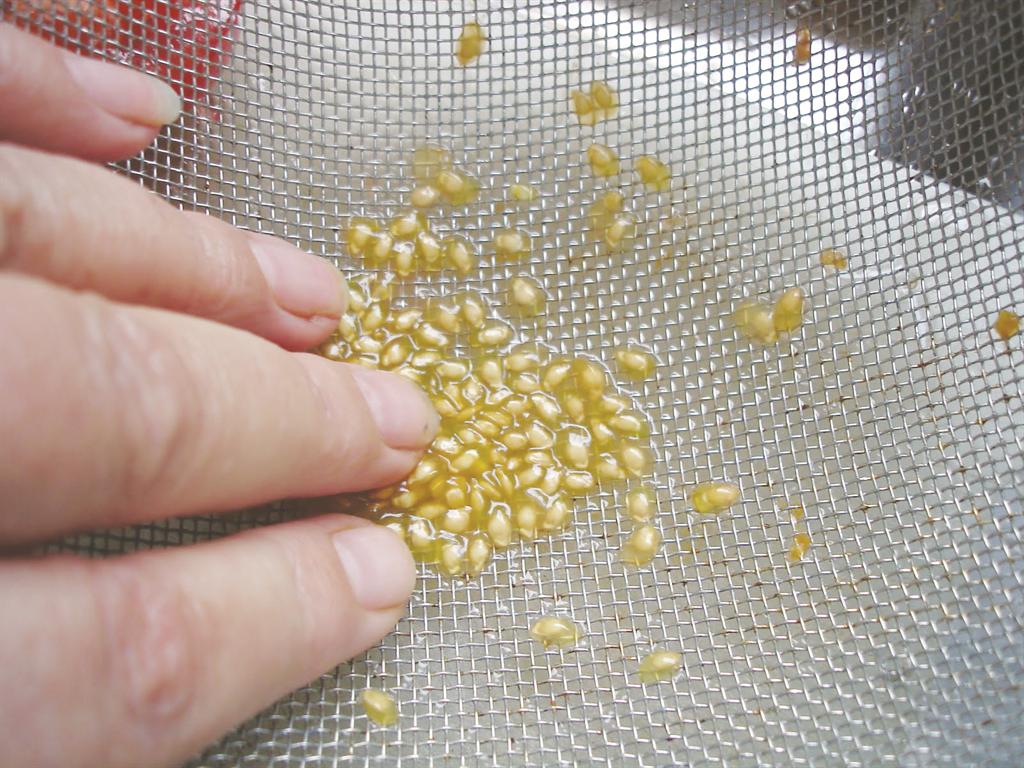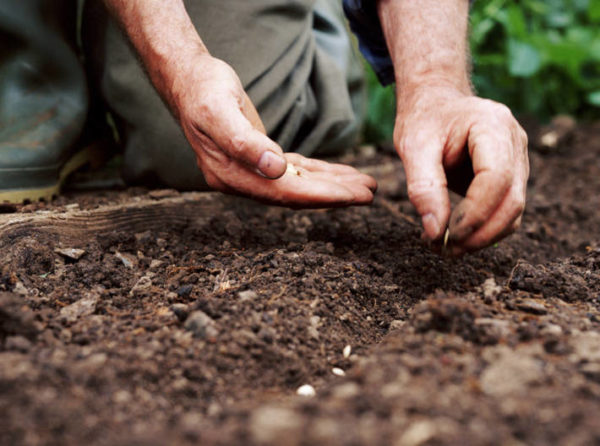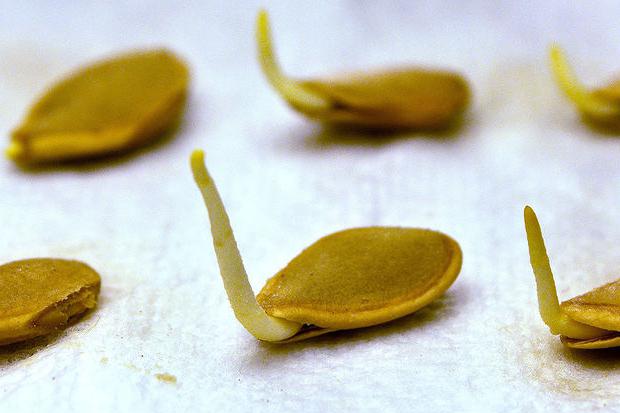Content:
Every gardener is interested in getting a good harvest. Therefore, he resorts to different methods to achieve the desired goals. For example, the seed material of many vegetable crops is treated with biostimulating solutions for rapid germination. Should I soak radish seeds before planting?
Agricultural technology for growing radish
For a generous harvest of radishes, it is important to create comfortable conditions for the growth and development of this crop:
- First of all, radishes are very fond of light. Hence, it must be planted in a well-lit and open area;
- Any vegetable crop, except for cabbage and radish, is suitable as a precursor to radish. The root vegetable grows best after potatoes, onions or tomatoes. Adjacent to the radish with carrots and onions;
- The ideal soils for planting are loose, rich in organic matter: black soil, light loam, sandy loam, cultivated marsh. If the soil does not meet these requirements, then complex mineral fertilizers, humus or compost can be added to it;
- Sowing radishes is carried out in several plantings. The first term is April. The radish will ripen in 25 days. You can then sow the seeds every 15 days until fall. It is best to plant radishes in spring or September. This is because the culture does not tolerate long daylight hours and hot weather;
- For good germination and a generous harvest, seeds need to be selected large, at least 2.5 mm;
- Be sure to water the radishes. Watering should be abundant, since the roots of the root crop reach 30 cm in depth. Surface irrigation will only clog the ground and prevent large and tasty fruits from being formed. It is even better to combine watering and feeding the plant. Water the radishes once every 2 days - in the spring, every day - in the summer.
You can grow radishes in the open air, in greenhouses, and even at home on the balcony.
To plant seeds or seedlings in a greenhouse, soil preparation, proper watering and lighting are necessary.
How to propagate a culture
Radishes are propagated by seeds. The seed can be grown at home or purchased from a specialist store.
Any variety you like can be purchased at garden shops. For those who are impatient to harvest faster, it is better to choose an early ripening variety (for example, Cherriet).
The seeds perfectly retain their germination during long-term storage. Experienced summer residents constantly replenish their stocks of seeds of different varieties of radish.
Seed material can be obtained by two methods: direct and transplant:
- The non-transplant method is sowing seeds in open ground, without transplanting the mother (parent) plant. Usually used for industrial cultivation, it is quite long - up to 160 days;
- Transplant method - radish seeds are grown in a greenhouse to obtain future mother plants. This method allows you to achieve results much faster - up to 120 days.
Thanks to the transplanting method, it is easier to make the right choice of mother plant for propagation. It is necessary to choose a mother plant with a large root crop, even in color and shape. It is necessary to check whether the radish is cracking, whether the plant is in a hurry to form an arrow.
In the selected plants, the root is shortened to 3 cm, the outer leaves are removed, leaving 3-4 in the center of the outlet. Such manipulations with the plant stimulate it to form a peduncle. The roots are dipped in a special mixture made of clay and mullein (1: 1). The mixture is diluted to a liquid state with water. This is done to protect the roots from drying out after shortening them. Plants are planted at a distance of 50 cm from each other to a depth of 2-3 cm, as far as possible from radishes and radishes. Then the plant needs to be watered abundantly. When daylight hours increase to 13 hours or more, the radishes will begin to form flower stalks. Radish flowers are simple, four-petaled, yellow or white in color with a very pleasant aroma.
For the flowering period, the radish is covered with a film, since it is a cross-pollinated plant. This means that one cultivar can be pollinated by another cultivar or by a blooming wild radish. Such cross-pollination impairs the varietal quality of radish.
After pollination, a pod is formed, in which seeds are formed (4-8 pcs.). Radish seeds are very small. Only half a glass of seed can be harvested from 10 plants.
As soon as the pods begin to open, they are cut right off the stems and tied in small bundles. Then they are hung by the stems in a dark place until completely dry. Newspapers need to be spread under them, dry seeds will fall there. After the pods are completely dry, you need to collect and grind them in your hands. Then separate from the formed husk with a fan. This method helps to get rid of underdeveloped seeds and light debris. Then you need to sort the seeds using a sieve with 2-3 mm mesh size, and leave the prepared material for storage in a dry and dark place.
Seed preparation and planting
Many people find it easy and simple to grow radishes. But in order for root seeds to quickly give a rich harvest, they need to be properly prepared.
Such preparation will allow:
- Check the suitability of the seeds;
- Increase germination rate;
- To increase the percentage of germination;
- Increase the viability of the planting material;
- Achieve joint emergence of seedlings.
The seed preparation process is carried out as follows:
- First you need to sort out the seeds, experienced gardeners advise doing this even in winter. Store prepared seed in a dry and dark place. The seed for planting must be at least 3 mm in size. It is necessary to discard small and old seeds, as some of them may not sprout;
- The seed can be tested for germination by flooding it with water. Those seeds that have surfaced are unusable, they must be thrown away;
- The next step in preparation is to soak the radish seeds just before planting. Although many novice gardeners doubt whether it is still necessary to soak radish seeds before planting. Professionals in this matter are unanimous, they believe that radish seeds should be soaked before planting. As a result of this treatment, the planting material becomes more productive and resistant to typical crop diseases and pests. You can soak the planting material both in plain water and in stimulating solutions. Soak the seeds for 8-12 hours. For convenience, they are wrapped in a wet cloth;
- In order to disinfect the seed without any special means, they are placed in hot water of 50-55 degrees for 20 minutes, then removed and cooled. This heating allows for increased seed viability without chemicals.
- After this procedure, the seed must be laid out on a dry cloth to dry.
You can also sprout radish seeds by soaking and get healthy seedlings in this way in the shortest possible time.
The germination process is carried out as follows:
- You need to put cheesecloth folded in several layers in a plate and moisten with some water;
- Next, spread the radish seed on cheesecloth;
- Cover with damp gauze on top, place the plate in a plastic bag and leave to soak. Polyethylene will prevent the liquid from evaporating;
- Remove the bag with a plate to a warm place. It is necessary to periodically open the bag so that air gets there. It is necessary for the germination of seed material;
- It is important to periodically stir the seeds in a plate and replenish moisture if it evaporates;
- Every 24 hours it is necessary to rinse the seed with clean water;
- If white sprouts appear, then the procedure is complete.
Whether or not to germinate seeds is up to the gardener himself, but, according to the experience of specialists, such radish ripens earlier.
The seeds can now be sown in damp ground. The recommended distance from each other is 4 cm. Too deep is also not worth it - 1 cm is enough. Then you need to shed the bed with phytosporin solution and sprinkle the seeds with a thin layer of earth. Further, for better contact with the soil, it is necessary to slightly compact the bed. Under normal conditions and high-quality seed, seedlings will sprout in 4 or 5 days.
Care and watering
As soon as the first shoots appear, the radish must be watered daily. If the soil dries up, the young plants will die. Radish is a moisture-loving root crop. The slightest lack of moisture will lead to the fact that the fruits grow small and bitter.
It takes a lot of work to have delicious radish salads on the table. Indeed, without proper care, a generous harvest of radish cannot be achieved.

